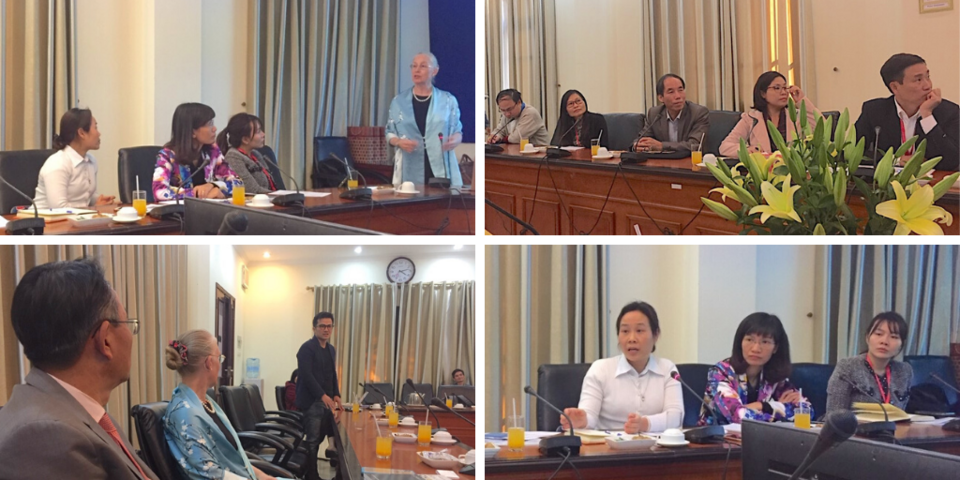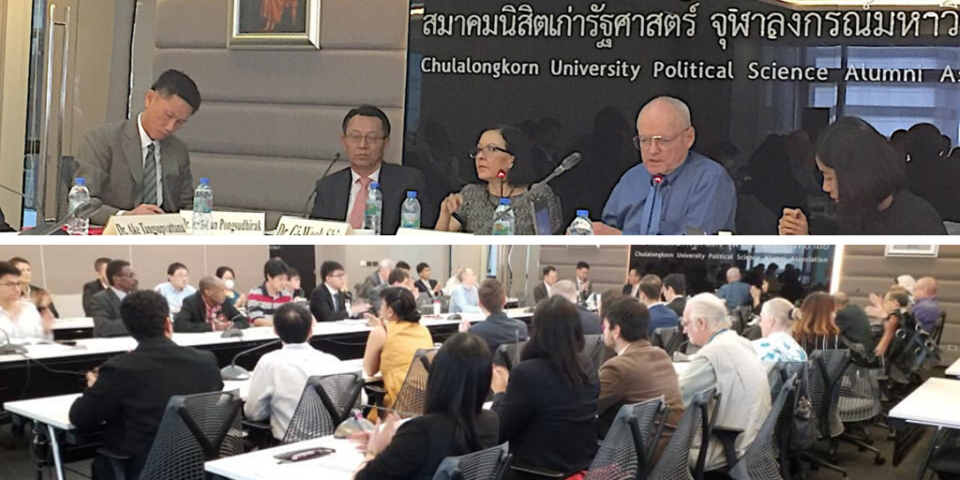Karen Eggleston on Coronavirus Outbreak and Health Policy Implications
Updated January 24
Millions of residents in China are under lockdown measures as the number of reported deaths from the coronavirus outbreak rises to 26. In the United States, dozens of people are being monitored for the virus. The World Health Organization on January 23 said at a press conference the outbreak did not yet constitute a global public health emergency.
The outbreak of a novel coronavirus that began in December 2019 in Wuhan, China “is evolving and complex,” said the head of the World Health Organization (WHO) after its emergency committee convened on Wednesday, January 22, and decided that more information was needed before the WHO declares whether or not the outbreak is a public health emergency of international concern. The new virus, known as 2019-nCoV, causes respiratory illness and continues to spread across China. Chinese health authorities, reports the Washington Post, announced that at least 17 people have now died as a result of infection and confirmed cases have been reported in Japan, Thailand, South Korea, Hong Kong, and Macao, with one travel-related case detected in the United States, in the State of Washington. The WHO decision was made as the city of Wuhan shut down all air and train traffic to try to contain the spread of the virus.
With concern over and coverage of the situation rapidly developing, Karen Eggleston, APARC Deputy Director and the Asia Health Policy Program Director at the Shorenstein Asia-Pacific Research Center, offered her insights on the outbreak and its impact on both Asian and international healthcare systems.
Q: Why has this outbreak raised so much concern in China and internationally, and how worried should people be about it?
Infectious disease outbreaks can challenge any health system. Events such as SARS, Ebola, and MERS outbreaks, and even the devastating flu pandemic a century ago, remind us of the frightening power that infectious diseases with high-case fatality can have. The global burden of mortality and morbidity is mostly from non-communicable chronic diseases, but no country or society is immune to old, newly emerging, and re-emerging infectious diseases. And although health systems are generally stronger now and have more technologies to trace and contain outbreaks, there are also deep and complicated challenges that make swift, coordinated disease response difficult even in the modern era.
Any government leadership or healthcare responders who have tried to manage an outbreak situation before are hyper-aware of the need to prepare for and manage future incidents, but we are living in a moment of very complicated social dynamics surrounding public health and healthcare. Distrust in drug companies and government agencies, controversies over vaccines, and increasing skepticism in science, even if only from vocal minorities, all make it more difficult to manage a cohesive international response to an outbreak situation and protect vulnerable people.
Q: As you’ve mentioned, many people looking at this situation with the memory of outbreaks such as SARS or H1N1 in mind. How is the Chinese government addressing this crisis and how does its reaction compare with China’s history of emergency health responses?
China’s health system is much more prepared now, compared to the SARS crisis 17 years ago. More training and investment in primary health care, disease surveillance and technology systems for tracking and monitoring outbreaks, and the achievement of universal health coverage with improving catastrophic coverage even for the rural population, all suggest a health system that is much better prepared to handle a situation like this. Top-level leadership in China had already begun to publicly address the situation within days of the outbreak to assure the public that strict prevention measures will be taken and to urge local officials to take responsibility and share full information. Until more information is gained and more is understood about the nature of this virus, it’s been categorized as a “Grade B infectious disease” but will be managed as if it is a "Grade A infectious disease," which requires the strictest prevention and control measures, including mandatory quarantine of patients and medical observation for those who have had close contact with patients, according to the commission. China currently only classifies two other diseases as Grade A infection diseases—bubonic plague and cholera—and so that tells you something about how seriously this is being treated by those in leadership positions.
Q: And what about the response from the international health communities?
As with any major healthcare crisis, health systems around the globe must also respond with alacrity and integrity, including effective surveillance, monitoring, and infection control. Individuals also play a crucial role in supporting the instructions and recommendations made by established healthcare professionals. For example, the individual with the confirmed case in Washington State proactively told medical personnel about his recent visit to the Wuhan area. His medical providers then exercised appropriate levels of caution, given the unknown nature of the virus, and isolated him while his symptoms developed. He is currently combatting an infection similar in severity to that of mild pneumonia, and so far no other cases have been reported in the United States, though some may arise in the coming days and weeks.
There is always a fine balance between safeguarding public health while still respecting individual rights, civil liberties, and undertaking a prudent, scientific response. The aim is to remain clear and transparent in communications and actions without reverting to disproportionate or overly aggressive responses which lead to panic, distortion, and misinformation about the situation. Some countries, like the Democratic People’s Republic of Korea, may choose to seal their international borders until more is understood about the nature of this virus, but most nations will use tried-and-tested methods of monitoring travelers and alerting population health systems so that information about cases is widely available to health authorities and medical researchers trying to understand the cause and develop a potential cure.
Q: As this situation continues to develop, and with inevitable future disease outbreaks around the globe, what would you hope people keep in mind about the role we all play in healthcare crises and in public health?
One issue this outbreak reminds us of in a visceral and intimate way is how closely people are linked together across the world. Globalization and air travel almost instantaneously link continents, countries, and regions. The timing of this outbreak is particularly fraught, because it’s the beginning of the Lunar New Year, when there is a vast migration of people both within China, throughout greater Asia, and across the globe as massive populations go home to celebrate the holidays with family. The potential for a contagious disease to spread easily through crowds and across borders in circumstances like this is very high, and highlights the need for the international communities to share information, scientific expertise, and understanding.
We need to remember that this is not just a problem in a remote part of the world that has no impact on those of us who live in relative comfort in high-income countries. Rather, this is something that could easily impact anyone. Perhaps this latest outbreak and response will showcase how vital additional, ongoing investments in both domestic and international healthcare systems, technologies, and people are.








